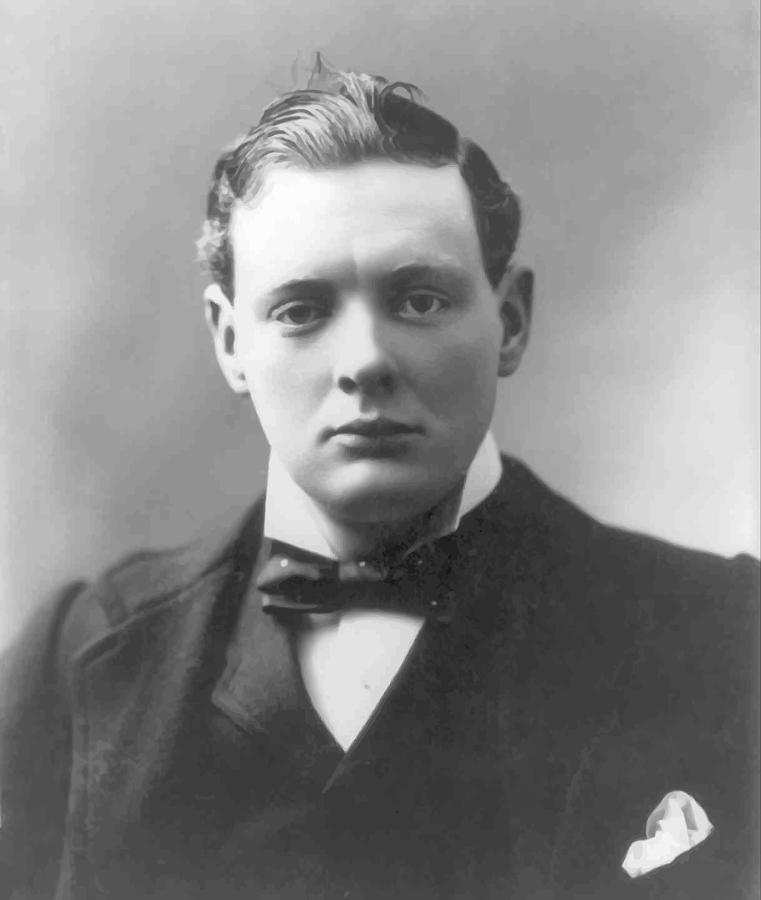
The t-square was useful in drawing level horizons. Large, vivid paintings are interspersed with detailed photos of the artist’s paraphernalia. Other pages illustrate his equipment, including his traveling easels, brushes, paintboxes and oils, even his Stetson hat. Rafferty devotes pages to Riviera artist mentors, like Sir William Nicholson, John and Hazel Lavery and Alfred Munnings. The depth of research is not confined to venues. I was with two artist friends, and when we discovered the location, it was natural that we set up and ‘have a go.’” Mentors and paraphernalia “I began the project thinking this would be a good idea, only to realise, as did my London galleries, that it made no sense. “No paintings of mine appear in the book,” he says. Discovering Churchill’s locations came later.

Earlier he had might have been at these locations, but by chance not design. I returned to my painting and suggested to the others, “You don’t see that, painting in Trafalgar Square.” She waved, probably wondering what we were doing: I waved back, certainly wondering what she was doing. We began painting and after an hour or so I looked up to see a naked woman on top of the ridge we had just climbed over. We climbed over the cliff and down into the empty cove, with only piles of driftwood lying around. Venturing down to see if access was possible, we came upon a nudist beach, much to our-and their-surprise…. Among the elusive was “Red Rocks, L’Esterel.” There the whole coastline is red rocks! With two artist friends he drove along, vainly searching. Paul Rafferty carried 100 laminated cards of elusive paintings to help him “reacquire” Churchill’s targets. (Pardon the fuzzy web reproduction in the book these photos are razor-sharp.) Carefully he photographed the exact scene and proportions as they are today.

In search of the “Red Rocks” Rafferty’s tale of rediscovering Churchill’s hidden venue for “Red Rocks, L’Esterel” is one of persistence followed by acrobatics. But more often, it required Sherlockian sleuthing, sometimes resulting in bizarre adventures. Occasionally a passerby would know where Sir Winston painted. Familiarity with the area helped locate other spots. Sometimes, Rafferty relied on photos Churchill had snapped to allow him to finish a portrait back at his studio. Finding those spots often required exhaustive research and exploration. Again and again, the eye feasts on double-page spreads nearly two feet wide, showing a Churchill painting alongside the very spot today. The book’s forte is its “then and now” juxtaposition of Churchill’s art with photos of the precise venues. (Full disclosure: this writer played a minor part in verifying quotations.) But Paul Rafferty, himself an artist, brings them alive as adjuncts to WSC’s personality. Of course, Churchill’s fame does not rest on his paintings. Although 2020 saw several commendable books on Churchill, this one is the most luxurious.

The horizontal format blends quality binding with brilliant color on thick, coated paper, and the price is a bargain. This beautiful book combines Churchill’s favorite paintings with fastidious research on where he created them. London: Unicorn Publishing, 2020, 208 pages. Paul Rafferty, Winston Churchill: Painting on the French Riviera.


 0 kommentar(er)
0 kommentar(er)
